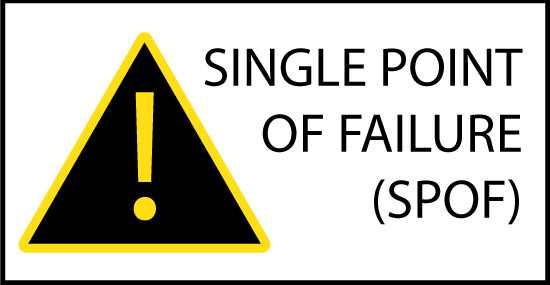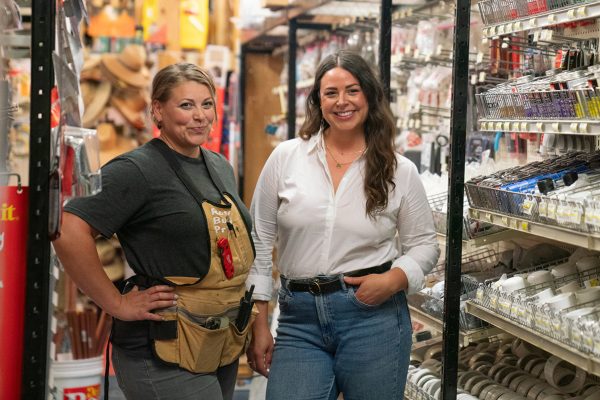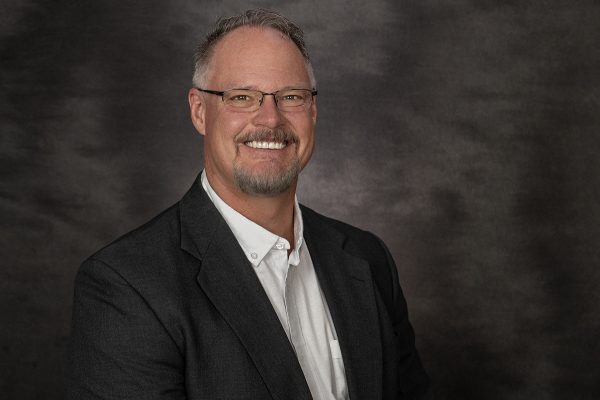
Businesses increasingly rely on the tools of technology. Computerized and automated processes are common and valuable contributors to all kinds of commercial operations.
Developments in hardware, software and other types of equipment boost productivity. So do innovations in processes and procedures.
Along with these increases in efficiency come concerns about single points of failure (SPOF) – the reality that one problem in a small but important area can potentially bring down an entire system.
Building redundant options into organizations’ operations is one of the best ways to protect critical systems and processes from a SPOF. That means providing alternate routes for electronic data to travel or be stored. For example, having backup equipment or power sources readily available. There are a lot of possibilities.
In some cases, building redundancies into systems might seem unnecessary or even wasteful, but the value of preparedness becomes evident quickly when unexpected problems arise and slow or stop business.
In addition to equipment and processes, duplication can protect one of most organizations’ most valuable and irreplaceable assets: time.
Concerns about SPOF extends to people, too, and the specialized knowledge and skills that some employees acquire in performing their jobs. In some companies, the absence of one key employee can bottleneck or even stop an important business operation. The importance of people backing up each other sometimes gets lost.
“Absolutely,” said Chad Pew, manager of IT for SDN Communications in Sioux Falls. “The human angle is definitely overlooked.”
Specialized knowledge is a resource that should be backed up, too, he said.
Amy Preator, director of human resources at SDN, agrees that SPOF is a significant issue in managing people and in keeping business procedures operating smoothly.
At SDN, efforts are made to teach employees the skills and responsibilities of another position or department at the company.
“We try to do cross-training and shadowing to make sure that we’re not single-threaded,” she said.
SPOF has become a big topic in the business world, and interest in the subject appears to be growing. It’s a topic related to corporate planning for business continuity and disaster recovery. Forces ranging from data breaches to natural disasters fuel interest in business continuity.
SPOF is also an extremely broad subject.
“There are so many angles. Each business may look at it a little differently,” Pew said.
In some industries, concerns about SPOF can relate to entire buildings. What would happen, for example, if a fire or tornado crippled a business function? That’s a risk that some companies must minimize. SDN is among them.
To back up critical networking operations and protect stored data, SDN has two data centers that are several miles apart. However, they can be used interchangeably. The buildings are served by dual power feeds and have other redundant features.
Every company needs to access its critical systems and then figure out how to protect themselves from unexpected failures at important points of operation, Pew suggests.
He advises people in his work area to document important procedures and explain them in ways that the directions could be followed by someone else.
In order to be effective, plans to back up facilities, processes and people can’t just be drafted and stored. They have to be tested occasionally and updated whenever necessary.
Eliminating every potential point of failure in a business operation isn’t likely. But with good management, vulnerabilities can be significantly reduced.
SDN Communications is a regional leader in providing broadband connectivity and cybersecurity services to businesses in communities such as Sioux Falls, Rapid City, Worthington, and the surrounding areas.




